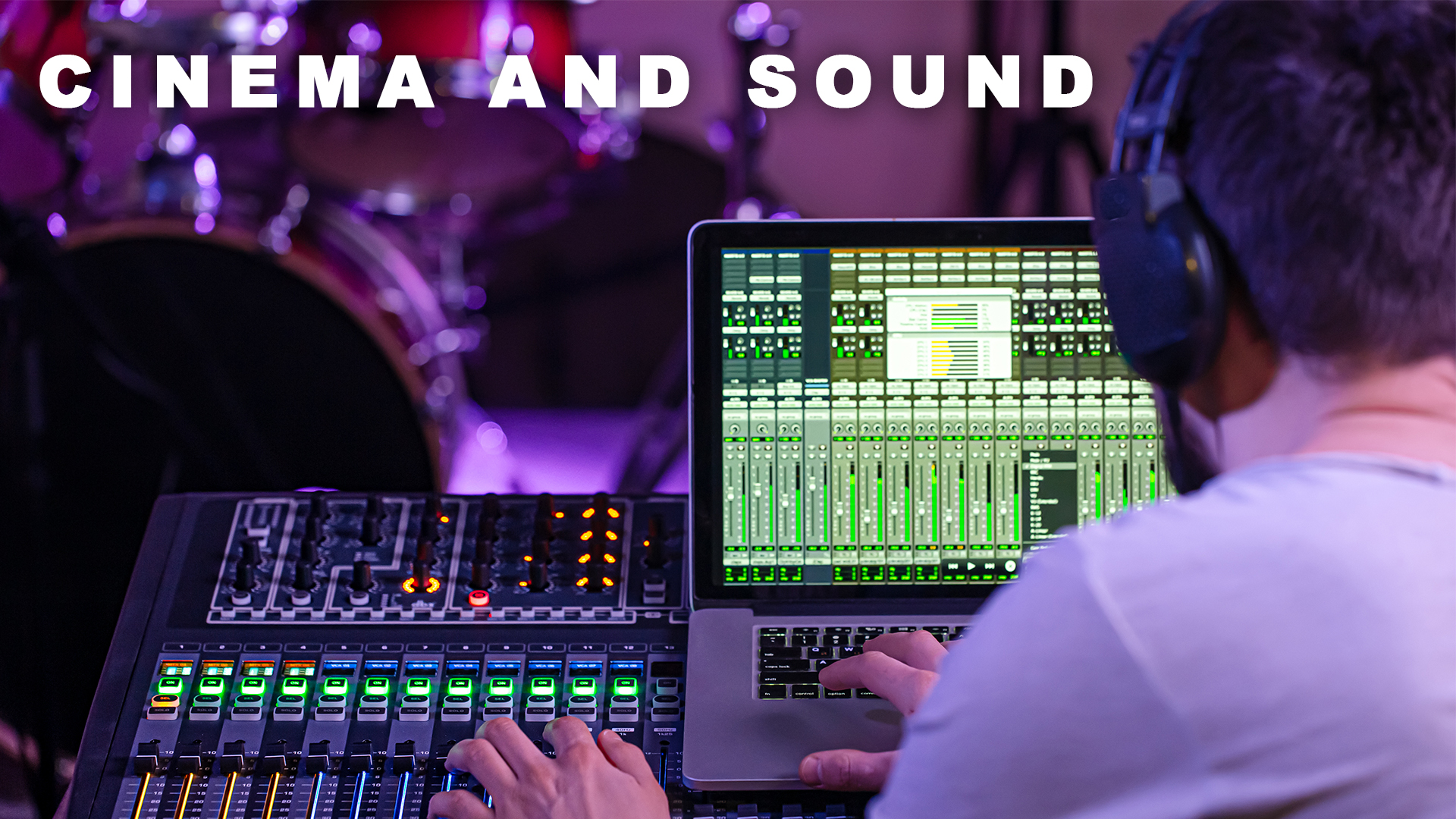Cinema Before and After the Advent of Sound
Cinema, a powerful medium of storytelling, underwent a revolutionary transformation with the advent of sound. Before this milestone, silent films dominated the silver screen, relying solely on visual storytelling. The transition brought about profound changes in filmmaking, reshaping the film industry and captivating audiences in new ways.
In the early days of cinema, silent films held sway, relying on expressive acting, intertitles, and musical accompaniment to convey emotions and narrative. Pioneering filmmakers like Charlie Chaplin and Buster Keaton mastered the art of physical comedy films, showcasing the silent era's unique charm. Silent classics such as The Birth of a Nation and Metropolis left an indelible mark on cinematic history, paving the way for the future. Filmmaking during this period was a delicate art, with film directors employing innovative techniques to tell stories without dialogue. Silent film festivals, like the Pordenone Silent Film Festival, celebrated these masterpieces, recognizing the craftsmanship of early filmmakers.
The introduction of synchronized sound in the late 1920s, with films like The Jazz Singer, marked a seismic shift in cinema. The ability to incorporate dialogue, music, and ambient sounds transformed storytelling, giving birth to a new era of filmmaking. This transition saw the rise of auteurs like Alfred Hitchcock, whose mastery of suspense was enhanced by the use of sound in films like Psycho. The Cannes Film Festival, founded in 1946, became a global stage for filmmakers to showcase their sonic creations. Notable works like Apocalypse Now and Pulp Fiction exemplify the power of sound design in elevating cinematic experiences. Filmmakers embraced the auditory dimension, experimenting with innovative techniques. Film directors like Quentin Tarantino and Christopher Nolan utilized soundtracks and ambient noise to enhance the emotional impact of their narratives.
The evolution of film before and after the advent of sound is a testament to the film industry's adaptability and innovation. Silent films paved the way for cinematic storytelling, while the introduction of sound opened up new realms of creativity. Today, filmmakers continue to push boundaries, utilizing advanced technology to immerse audiences in captivating audio-visual experiences. Films like Avatar, Terminator, Blade Runner, and so on have proved that this form of technology. The journey from silent films to sonic stories has been nothing short of extraordinary, shaping cinema into the dynamic and immersive art form we cherish today.





